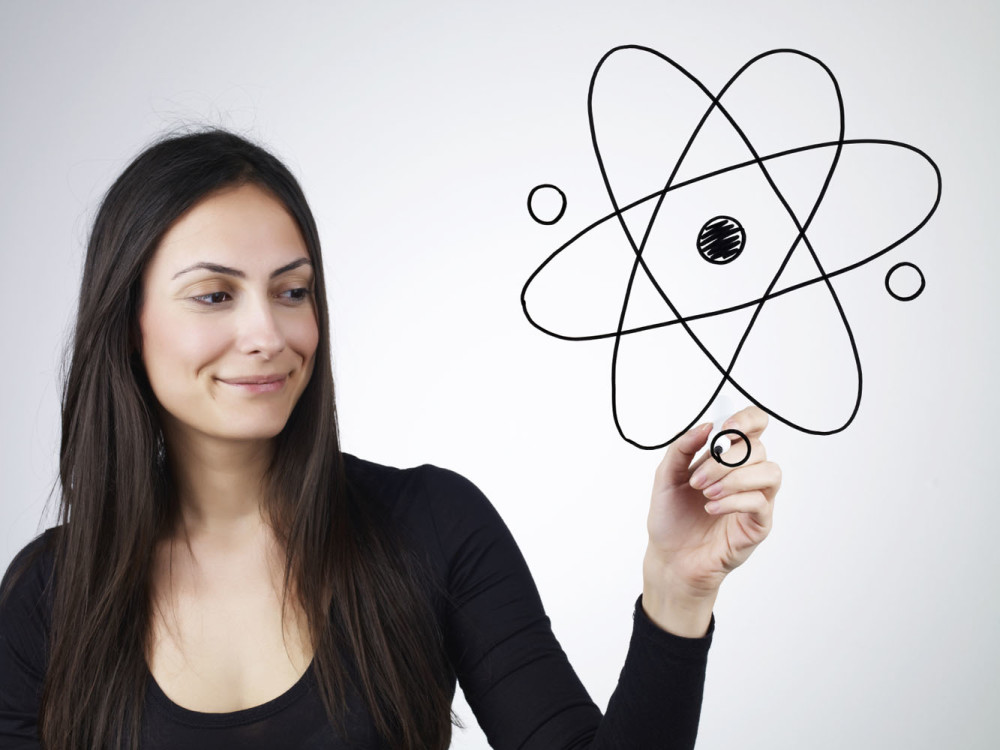By Justin Strawser
The Daily Item, Sunbury, Pa.
WWR Article Summary (tl;dr) A White House study finds a projected 2.4 million STEM jobs will be unfilled by 2018. While females are well-represented in biology, far fewer females than males seek careers in engineering and chemistry. Top women in physics are trying to change those statistics by empowering women early on that physics is for EVERYONE!
LEWISBURG
One of the goals of Saturday’s Young Women in Physics Conference at Bucknell University was to help bring awareness to the gender imbalance in sciences and maths, according to organizer Jordan Hartzell.
“The gender imbalance in physics has gone on for a long time,” Hartzell said. “It needs to be corrected. I wanted to create awareness of an issue while showing that physics is amazing for everyone.”
Hartzell, 16, of Lewisburg, was recently published in the Huffington Post for her thoughts on the Laser Interferometer Gravitational-Wave Observatory, which proved Albert Einstein’s theory about gravity’s travel across space-time.
A White House study finds a projected 2.4 million STEM jobs will be unfilled by 2018. While females are well-represented in biology, far fewer females than males seek careers in engineering and chemistry, according to the National Girls Collaborative Project.
Just 19 percent of bachelor degrees in physics were attained by females, and just 7 percent of mechanical engineers are women, according to National Girls project.
Hartzell and a team of Bucknell University teachers and students organized the event on Saturday. The conference brought out 80 people — mostly high school students — to listen to seven women who are accomplished in various scientific fields and also two panels of undergraduates/graduates students and faculty.
The registered people were mainly an even divide of male and female students, Hartzell said.
“The goal of the conference is to create awareness of the gender imbalance in physics, expose high school students to an academic conference before college, expose students to a variety of physics research by female professors across the state and provide students with positive role models,” she said.
As one of the few female physics students in her class, Hartzell knew that many female students do not have the opportunity to work with female physicists or learn about research conducted by women in the field.
Kelly Malone, a Penn State University graduate student studying physics, said it’s important to have women in the field of science and math. Malone was one of five women on the student panel.
“There are very complex problems,” she said. “If you only have to pick from a portion of the talent pool, you’re missing out.”
Hartzell thanked Deepak Iyer, a physics and astronomy professor, and Kristen Recine, a physics and astronomy lab coordinator, and several Bucknell students for their help in organizing the committee for the conference.














































































































































































































































































































































































